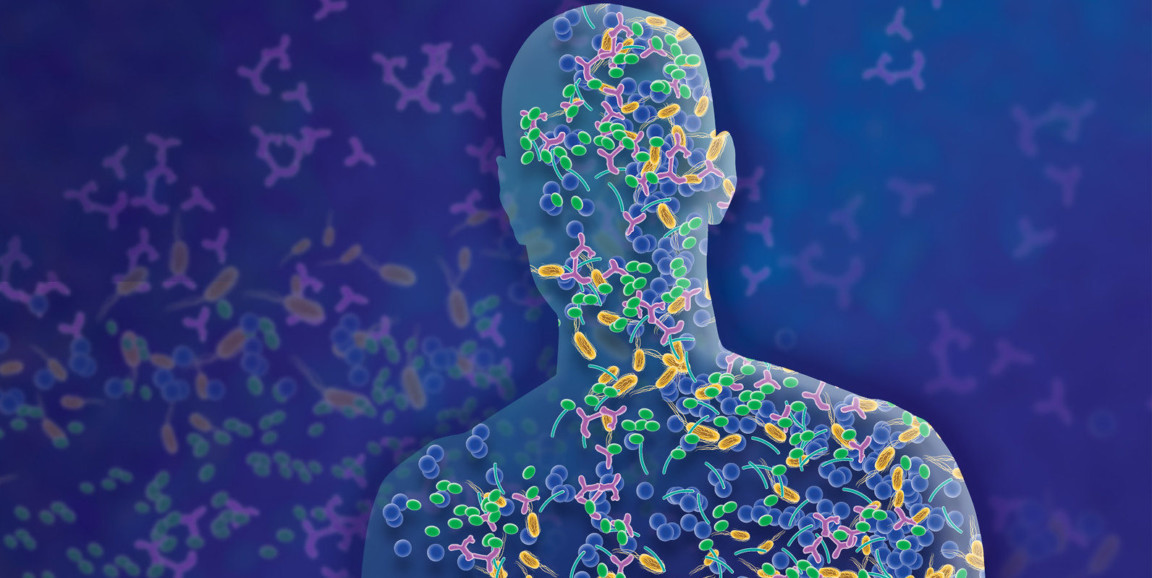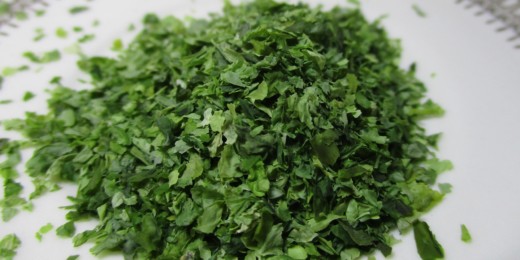The first part of this series discussed the promise and history of probiotics.
David Relman, MD, professor of medicine and of microbiology and immunology, is optimistic about the long-term potential of probiotics. But he doesn't think we're quite there yet.
"We don't really know enough to orchestrate a deliberate, tailored, optimized approach. There are a lot of things that we don't understand," said Relman.
One thing researchers don't yet understand is how to pick the right strain and get it to set up shop. If you think the San Francisco Bay Area's housing situation is bad (it is), imagine searching for a home in a town with trillions of residents from 1,000 species. The gut is a hard place for new microbes to colonize, and that's generally a good thing because it keeps out disease-causing microbes. But it means that many probiotics likely go in one end -- and out the other.
"It's like adding a drop to the ocean," said Ami Bhatt, MD, PhD, assistant professor of medicine and of genetics.
It's a lot easier to move into a neighborhood with a conveniently vacant home. The same is true for microbes: a 2016 study published in Cell Host & Microbe showed that, when healthy adults were given Bifidobacterium longum bacteria, the microbe only stuck around in 3 out of every 10 subjects. Patients in which the bacteria remained tended to have had less of it to begin with. So a person's existing microbiome -- which can vary even between twins -- could affect whether a probiotic works.
But there's another issue that concerns Relman -- whether probiotics even contain the bacteria they claim. A 2016 study by researchers at the University of California, Davis reported that only 1 of the 16 probiotics they tested had the exact species and strain advertised on the label.
Relman cited the finding as evidence for the need for better regulation of probiotics. The Food and Drug Administration currently regulates probiotics the same way as vitamins or dietary supplements -- a lax standard compared to drugs.
"Even if we thought that a probiotic of a certain species might be helpful, to go to a store, think you're buying it and get something completely different is pretty shocking," said Relman.
Probiotics 2.0
Looking ahead, researchers at Stanford and elsewhere are building a detailed understanding of how gut bacteria communicate with each other and our bodies. These efforts will be furthered by the recently announced Stanford Microbiome Therapies Initiative, a joint initiative between Stanford ChEM-H and the Department of Bioengineering. What Stanford scientists learn could lead to new and improved probiotics. Justin Sonnenburg, PhD, professor of microbiology and immunology, dubs these efforts "probiotics 2.0."
The effect of existing probiotic strains, Sonnenburg said, "will be very different than the effect of a strain that can go in, multiply to a high density, take up residence, get close to the mucosa and produce therapeutic molecules."
Sonnenburg has an idea for how to help new bacteria persist without wiping out existing communities with antibiotics: feed new bacteria something that none of their neighbors can munch on.
In a 2018 study published in Nature, Sonnenburg's lab did just that. The researchers gave mice a strain of Bacteroides with a rare gene for metabolizing porphyran -- a fiber found in nori. The bacteria steadily multiplied in mice fed a diet rich in porphyran but not in mice on a standard diet.
"We know, in animal models, that you can add a microbe that would normally be lost, but if you give it a privileged niche, it can take up residence," said Sonnenburg, who is a co-founder of a company based on this approach.
Another way to give new bacteria an edge could be to deliver multiple strains as intact mini-communities. KC Huang, PhD, professor of bioengineering and of microbiology and immunology, thinks these communities could be more robust than any one strain. Huang's lab has found that communities of microbes isolated from patients retain key properties when grown in the lab -- including the makeup and diversity of those communities and their response to antibiotics. The approach could also be an efficient and personalized way to screen in a test tube whether new probiotics can colonize a patient.
"The goal is always to study things in vitro and in vivo," said Huang, referring to the standard process of investigating in a lab setting, before moving on to a living organism. "And we are trying to speed up that process."
Common sense advice
So do any of the researchers I spoke with take probiotic supplements?
No.
"There are plenty of people -- including my mom -- who swear by some of these things, and they may well be right," said Relman. "But exactly the names of the right strains to use and in what people for what clinical indication, I'm just not sure."
Neither Bhatt nor Sonnenburg take supplements, but both recommend a diverse plant-based diet rich in fibers and fermented foods.
"Most probiotics come from fermented foods and I don't know which strains are best for me," said Sonnenburg, who is running ongoing collaborative studies on the effects of fermented foods and dietary fiber through Stanford's Center for Human Microbiome Studies, which he co-directs alongside Relman. "In eating a variety of fermented foods until we know more, I'm kind of bet hedging and trying to maximize diversity, which we believe is a good feature for the microbiota."
The contribution of diet underscores a larger point -- the microbiome is one of many factors that regulate our health, and one that we still don't fully understand.
"I don't think anyone is going to prove that the microbiome is the be-all and end-all of human health -- that would be kind of scary if that were the case," said Huang. "It's also going to be about diet, exercise and your immune system. When you think about it, all these factors are intertwined and promoting one can promote the others."
Image by Darryl Leja, National Human Genome Research Institute






